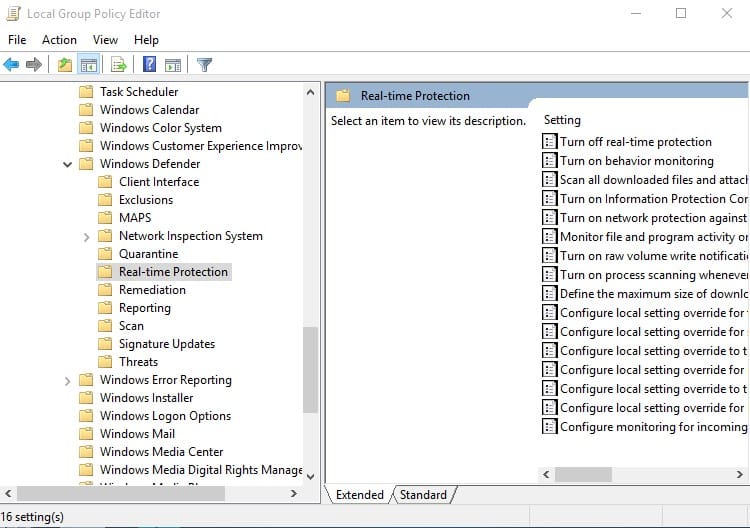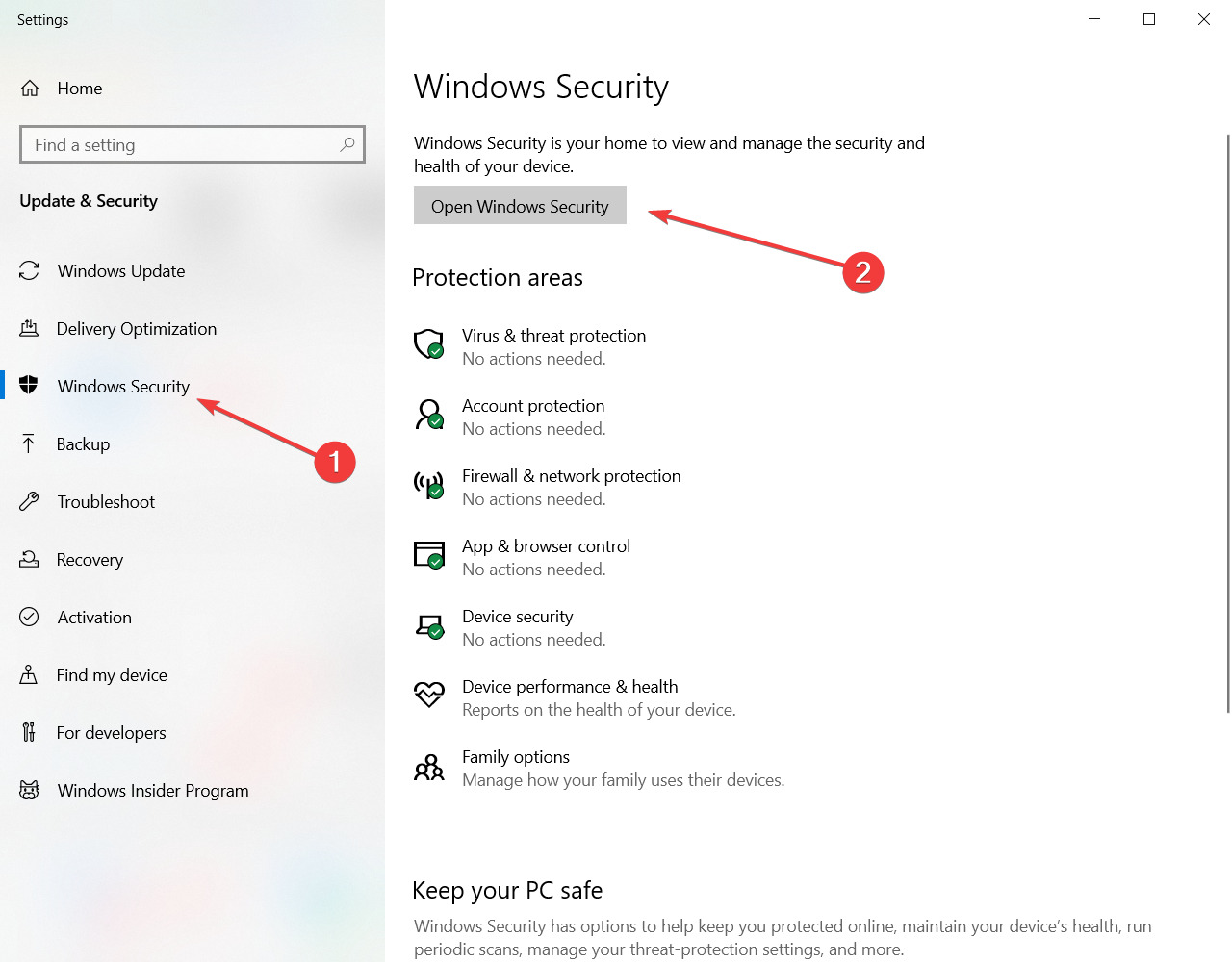Gain in-depth insights into How To Stop Antimalware Service Executable From Using Memory, may the information we provide be beneficial for you.

How to Stop Antimalware Service Executable from Using So Much Memory
If you’re using a Windows computer, you may have noticed that the Antimalware Service Executable (MsMpEng.exe) is using a lot of memory and CPU resources. This can slow down your computer and make it unresponsive at times. If this is the issue, there are few things you can do to stop Antimalware Service Executable from using so much memory.
Before we look at the solutions, let’s understand what Antimalware Service Executable does and why it uses so much memory sometimes.
Antimalware Service Executable is a part of Windows Defender, the built-in antivirus software in Windows 10 and 11. It is responsible for scanning your computer for malware and other threats, and it can also perform other security tasks, such as quarantining infected files and updating the virus definitions.
Disable Real-Time Protection
One of the ways to stop Antimalware Service Executable from using so much memory is to disable real-time protection. This will prevent Windows Defender from scanning your computer in real-time, which can free up some memory and CPU resources. However, it’s important to note that disabling real-time protection can make your computer more vulnerable to malware and other threats.
To disable real-time protection, follow these steps:
- Open the Start menu and type “Windows Defender”.
- Click on “Windows Defender Settings”.
- Click on the “Virus & threat protection” tab.
- Under “Virus & threat protection settings”, click on “Manage settings”.
- Uncheck the “Real-time protection” box.
Exclude Folders from Scans
Another way to stop Antimalware Service Executable from using so much memory is to exclude certain folders from being scanned. This can be useful if you have a large number of files in a particular folder that you know are safe. To exclude a folder from being scanned, follow these steps:
- Open the Start menu and type “Windows Defender”.
- Click on “Windows Defender Settings”.
- Click on the “Virus & threat protection” tab.
- Under “Virus & threat protection settings”, click on “Manage settings”.
- Click on the “Exclusions” tab.
- Click on the “Add an exclusion” button.
- Select the “Folder” option.
- Browse to the folder that you want to exclude from being scanned.
- Click on the “Select Folder” button.
- Click on the “Add” button.
Run a Full Scan
If you’re still having problems with Antimalware Service Executable using too much memory, you can try running a full scan of your computer. This will scan your entire computer for malware and other threats, and it can help to identify and remove any infections that may be causing the problem. To run a full scan, follow these steps:
- Open the Start menu and type “Windows Defender”.
- Click on “Windows Defender Settings”.
- Click on the “Virus & threat protection” tab.
- Under “Virus & threat protection settings”, click on “Scan options”.
- Select the “Full scan” option.
- Click on the “Scan now” button.
Reset Windows Defender
If you’ve tried all of the above steps and you’re still having problems with Antimalware Service Executable using too much memory, you can try resetting Windows Defender. This will restore Windows Defender to its default settings, which can sometimes fix problems with the program. To reset Windows Defender, follow these steps:
- Open the Start menu and type “cmd”.
- Right-click on “Command Prompt” and select “Run as administrator”.
- Type the following command and press Enter:
- Restart your computer.
powershell Get-AppxPackage -allusers Microsoft.Windows.SecHealthUI | Reset-AppxPackage
I hope these tips have helped you to stop Antimalware Service Executable from using so much memory. If you’re still having problems, you can try contacting Microsoft Support for further assistance.
FAQs
Q: Why is Antimalware Service Executable using so much memory?
A: There are a few reasons why Antimalware Service Executable might be using a lot of memory. One reason is that it is scanning your computer for malware and other threats. This can be a very resource-intensive process, especially if you have a lot of files on your computer. Another reason why Antimalware Service Executable might be using a lot of memory is that it is updating its virus definitions. This can also be a resource-intensive process, especially if you have a slow internet connection.
Q: How can I stop Antimalware Service Executable from using so much memory?
A: There are a few things you can do to stop Antimalware Service Executable from using so much memory. One thing you can do is to disable real-time protection. This will prevent Windows Defender from scanning your computer in real-time, which can free up some memory and CPU resources. Another thing you can do is to exclude certain folders from being scanned. This can be useful if you have a large number of files in a particular folder that you know are safe. You can also try running a full scan of your computer. This will scan your entire computer for malware and other threats, and it can help to identify and remove any infections that may be causing the problem.
Q: Is it safe to disable Antimalware Service Executable?
A: Disabling Antimalware Service Executable can make your computer more vulnerable to malware and other threats. However, if you’re having problems with Antimalware Service Executable using too much memory, you can try disabling it temporarily to see if that solves the problem. If you do disable Antimalware Service Executable, be sure to enable it again as soon as possible.
Q: How can I tell if Antimalware Service Executable is infected with malware?
A: There are a few signs that Antimalware Service Executable may be infected with malware. One sign is if it is using a lot of memory and CPU resources, even when you’re not running any scans. Another sign is if it is causing your computer to slow down or freeze. If you’re concerned that Antimalware Service Executable may be infected with malware, you can try running a scan with another antivirus program. You can also try resetting Windows Defender to its default settings.
Closing Thought
Antimalware Service Executable is an important part of Windows Defender, but it can sometimes use a lot of memory and CPU resources. If you’re having problems with Antimalware Service Executable using too much memory, you can try following the tips in this article to fix the problem.
Did you find this article on how to stop Antimalware Service Executable from using so much memory helpful? Let us know in the comments below. And remember to visit our website for more tips and tricks on how to use Windows 10 and 11.

Image: windowsreport.com
How To Stop Antimalware Service Executable From Using Memory has been read by you on our site. We express our gratitude for your visit, and we hope this article is beneficial for you.